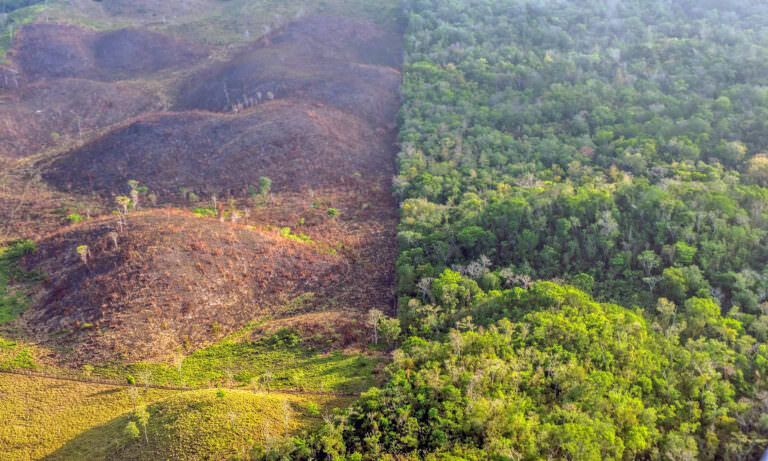Last year, the world’s tropical rainforests were destroyed at a rate never seen before. New satellite data shows that about 67,000 square kilometres of primary rainforest were lost in 2024. This is an area as big as the Republic of Ireland, or about 18 football fields every minute. The loss is 80% higher than the previous year and is the fastest rate recorded in at least twenty years.
Causes Behind the Rapid Loss
For the first time, wildfires were the main reason for this destruction, overtaking farming and land clearing. Normally, tropical rainforests are too wet to burn easily. But 2024 was the hottest year ever recorded on Earth. Climate change, combined with the El Niño weather pattern, made many forests extremely dry and vulnerable to fire.
Brazil suffered the most. The Amazon, which is the world’s largest rainforest, faced its worst drought ever. In Brazil, 66% of the rainforest loss was caused by fires—six times more than the year before. Bolivia saw a 200% increase in forest loss and ranked second in the world for rainforest destruction. In both countries, fires and drought were the main causes. Other countries in Latin America, such as Mexico, Peru, Nicaragua, and Guatemala, also lost large areas of forest. In Africa, the Democratic Republic of Congo and other nations reported rising losses as well.
There was some good news from Southeast Asia. Countries like Indonesia and Malaysia managed to reduce rainforest loss, thanks to stronger government action and community involvement. However, these improvements were not enough to change the global trend. In total, the tropics lost 6.7 million hectares (16.6 million acres) of primary rainforest in 2024—almost double the area lost in 2023.
Consequences for the Planet
The impact of this destruction is serious. Tropical rainforests store huge amounts of carbon and help control the Earth’s climate and weather. The fires and deforestation in 2024 released 3.1 gigatonnes of greenhouse gases—more than India’s yearly fossil fuel emissions. This not only worsened air pollution but also threatened water supplies and the lives of millions of people. Scientists warn that some parts of the Amazon and other rainforests may soon reach a “tipping point”, beyond which they cannot recover and may turn into dry grasslands.
There were some positive developments. In the Brazilian Amazon, deforestation rates fell for the second year in a row, thanks to stronger government action. However, this progress was overshadowed by the huge increase in forest fires, which can be just as harmful in the long run.
Experts say urgent action is needed to stop this destruction. In 2021, over 140 countries promised to stop and reverse forest loss by 2030. But the world is now far behind that goal. Without stronger policies, better fire prevention, and more sustainable land use, rainforests will continue to disappear—putting the planet’s future at risk.
As Elizabeth Goldman of Global Forest Watch said, “This level of forest loss is unlike anything we’ve seen in over 20 years of data. It’s a global red alert—a call to action for every country, every business, and every person who cares about a liveable planet.”


